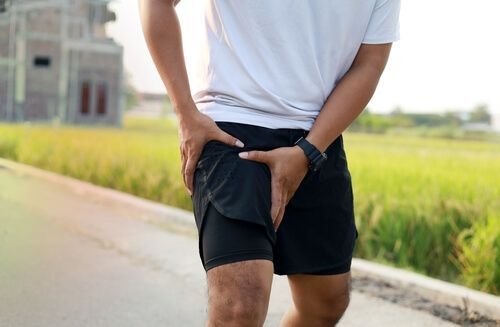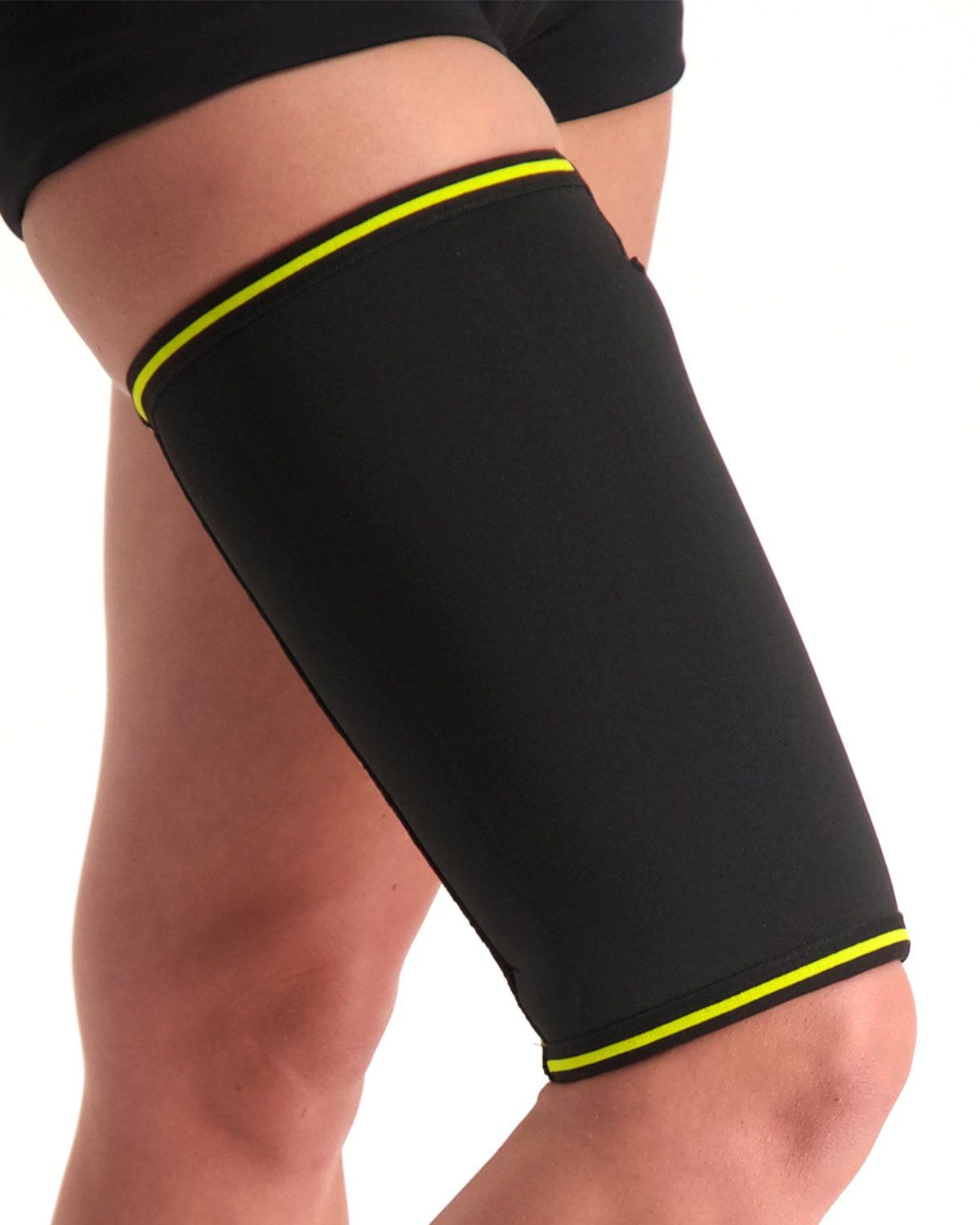Varicose Veins Problems
Do you suffer from varicose veins in your upper leg? At Podobrace, you'll find a wide range of braces and compression aids that offer support and help relieve your symptoms. Want to know more about varicose veins in the thigh? Read on – we’re happy to explain.
What are veins?
Veins are blood vessels responsible for returning blood to the heart. Arteries carry blood from the heart to the tissues. Varicose veins (also known as varices) most commonly appear in the legs and are enlarged, twisted veins. You can speak of varicose veins when visibly blue, thickened, and bulging veins are present – often with a rope-like appearance.
Symptoms of varicose veins in the thigh
Often, the complaints are primarily cosmetic – people often consider them unsightly. However, larger varicose veins can lead to issues such as fatigue, heaviness, a sluggish feeling, restless legs, pain, and even bleeding from the vein. If you’re experiencing any of these symptoms, it’s best to consult a specialist.

Causes of varicose veins in the thigh
Here are several common causes of varicose veins in the upper leg:
- Heredity: a genetic predisposition due to weakened vein walls
- Prolonged standing
- Gender: women are more likely to develop varicose veins
- Pregnancy: due to hormone levels, increased pressure in the legs from the growing uterus, risk of thrombosis, and increased blood volume
- Thrombosis: causes blood clots in the veins
- Surgery or injury: damage to blood vessels
- Overweight
How are varicose veins diagnosed?
A dermatologist or surgeon can usually determine if further testing is needed just by visual inspection. The most common diagnostic methods are Doppler ultrasound and duplex scan.
- Doppler ultrasound: uses sound waves to make blood flow in the veins audible and is often done during the first appointment
- Duplex scan: similar to Doppler but makes blood flow visible instead of audible

Treatment options for varicose veins in the thigh
There are several effective treatments available for removing varicose veins:
- Sclerotherapy (foam or glue): the vein is injected and closed off, after which the body naturally absorbs it. Compression garments are essential during recovery.
- Vein stripping (surgery): large varicose veins are surgically removed by pulling them out from the leg using a wire, often done under spinal anaesthesia.
- Endovenous laser therapy: the vein is closed off from the inside using a laser. This is done through a small incision under local anesthesia.
- VNUS closure procedure: a catheter is inserted into the vein and heated using radio frequency, causing the vein to collapse and close.
- Muller ambulatory phlebotomy: suitable for medium-sized veins that are not candidates for other treatments, using a similar method to stripping.
- Transcutaneous laser treatment: used to remove the smallest superficial veins with a laser.
Please note: most varicose vein treatments are not reimbursed unless the veins cause medical problems. Treatments are available through private clinics, hospitals, or dermatology centres across the Netherlands.
How to prevent varicose veins in the upper leg
To prevent varicose veins, avoid prolonged standing and keep your legs moving. Exercises that regularly activate your calf muscles are especially effective for maintaining blood circulation and reducing pressure in the vein system. Walking and cycling are highly recommended. If you have a genetic predisposition, it’s wise to wear compression garments when sitting or standing for extended periods.
At Podobrace, we offer a range of compression products to help prevent or manage varicose veins effectively.

- Physiotherapist
- Sports podiatrist
- Manual therapist
- Podopostural therapist
- Myofascial dry needling specialist






